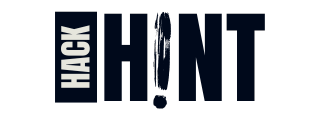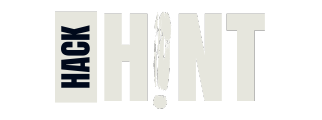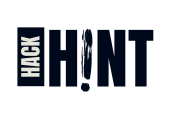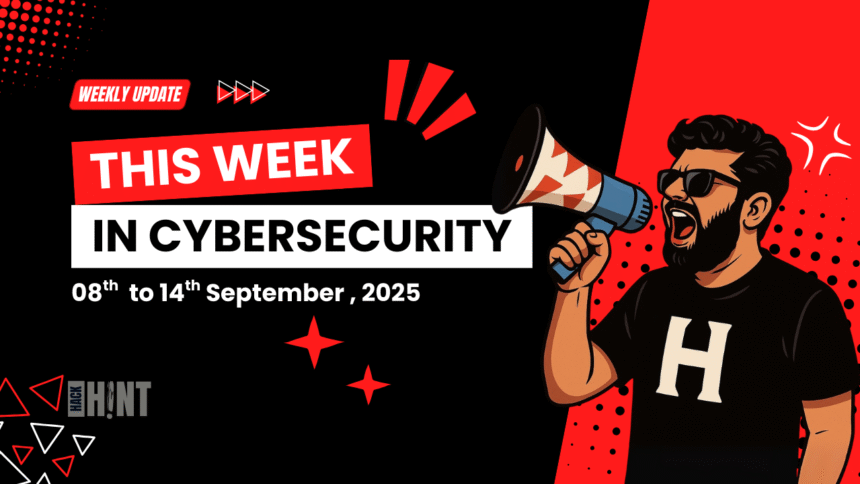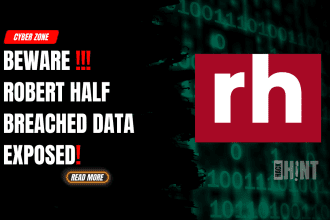Introduction
This week in cybersecurity (September 8–14, 2025) reveals pivotal shifts in digital defense, as organizations grapple with AI-powered attacks, precision ransomware, and complex regulatory requirements. Deepfake-enabled fraud and supply chain breaches dominate headlines, forcing security leaders to rethink strategy and response in an era of technological sophistication and relentless adversaries.
AI-Powered Cyber Threats
The Weaponization of AI
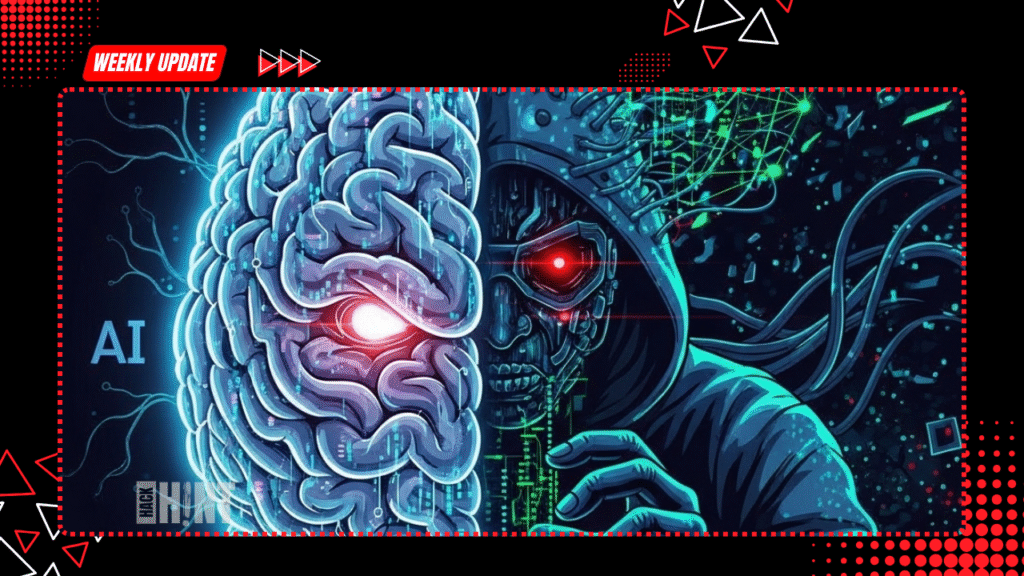
Artificial intelligence has rapidly shifted from a defensive tool to a weapon of choice for cybercriminals. AI-driven phishing and malware campaigns now exploit vast datasets, adapting in real-time to bypass security controls. These attacks leverage machine learning to create dynamic and polymorphic malware—code that mutates, evading signature-based antivirus and traditional detection tactics.
- AI-enhanced attacks increased by 38% year-over-year, with deepfake incidents up 19% from 2024.
- Cybercriminals are using generative tools for customized malware and automated vulnerability exploitation.
The AI Paradox: How Artificial Intelligence Fuels Both Cyberattacks and Advanced Defenses in 2025
Deepfake Fraud Cases & Impact

The $25 Million Deepfake Incident
A UK engineering firm lost $25 million in a single deepfake-enabled CEO impersonation attack via video call. Attackers gathered online executive samples, used voice cloning AI, and executed a highly convincing scam that bypassed normal verification procedures. Worldwide, financial losses from AI-generated executive impersonations exceeded $200 million in Q1 2025 alone.
- Deepfake attacks now target executive communications, financial services, and sensitive transactions.
- Detection tools and multi-factor verification are critical for defense.
Major Ransomware Incidents
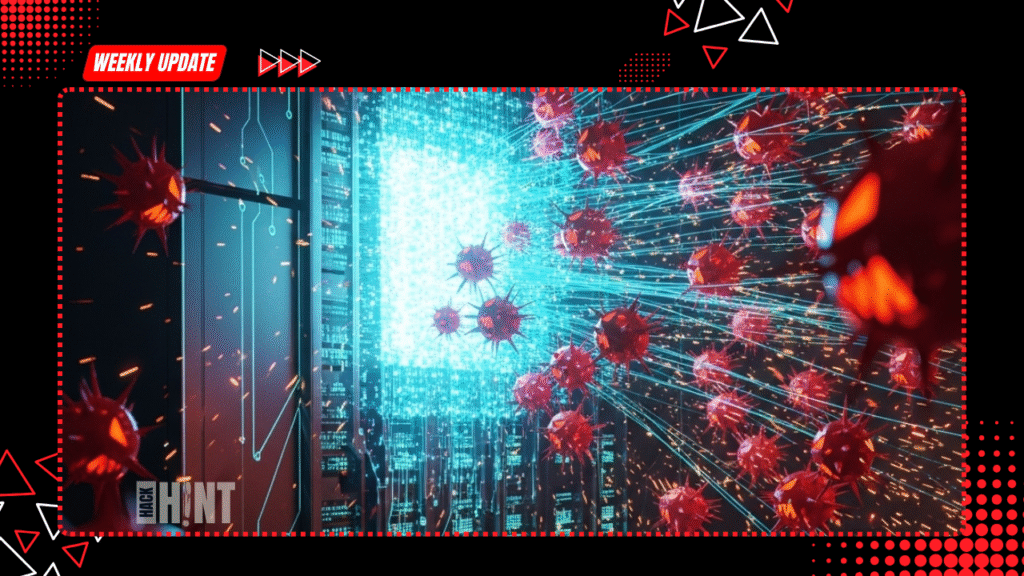
Precision Targeting Over Volume
Groups like Qilin, Medusa, and Rhysida now focus on high-value data exfiltration and extortion rather than broad-spectrum encryption. Qilin exfiltrated 22GB of confidential data from an Australian firm; Medusa targeted healthcare for a $2M ransom; Rhysida attacked entertainment and intellectual property sectors.
- Ransomware tactics now involve data selection, strategic leaks, and sector-specific extortion.
- Nation-state actors exploit vulnerabilities for espionage and persistent access (e.g., US government systems targeted via SharePoint flaws).
Supply Chain Vulnerabilities
Software & OAuth Compromises
The interconnected nature of SaaS means vulnerabilities ripple across ecosystems. The Salesloft Drift OAuth breach demonstrates how a single supply chain compromise can impact Salesforce customers, exposing sensitive data and bypassing traditional controls.
- SaaS connectors and OAuth grants are major targets, often lacking adequate oversight.
- Legacy software (WinRAR, SharePoint) is frequently exploited, highlighting the need for patch discipline and vendor risk assessments.
Regulatory & Compliance Updates
EU Data Act & US State Laws
The EU Data Act took effect September 12, 2025, introducing expansive new rights for IoT and cloud users, fair data access, and stronger third-country protections. Meanwhile, new US state laws mandate biometric data restrictions, enhanced minor protections, and aggressive opt-out mechanisms (e.g., Maryland MODPA in October).
- Organizations face new compliance challenges: data portability, cloud migration, and vendor accountability.
- A patchwork of privacy laws increases complexity for multinational businesses.
Sector Spotlight: Healthcare & Finance
Healthcare
- Healthcare organizations remain prime ransomware targets (e.g., Genea Clinic breach). Enforcement actions focus on reproductive health data, HIPAA violations, and weak access controls.
Finance
- Financial institutions face surging deepfake scams, with 53% reporting attempted attacks. Authentication and monitoring remain top priorities after high-profile data breaches (e.g., TransUnion breach of 4.4M individuals).
Technical Vulnerabilities This Week
Zero-Day Epidemic
- WhatsApp iOS/Mac: CVE-2025-55177 zero-click flaw.
- Citrix NetScaler: CVE-2025-7775 RCE vulnerability.
- WinRAR: CVE-2025-8088 path traversal exploited in active attacks.
Passwordstate’s authentication bypass hits security tools used by 29,000+ orgs, amplifying risk by attacking defenses themselves.
New Social Engineering & Old Vectors
Evolving Phishing Tactics
- Attacks now abuse trusted systems (Google Classroom invitations, corporate contact forms) to bypass security filters and emulate legitimate business inquiries before delivering malware.
USB-Based Attacks
- Despite extensive training, USB attacks remain surprisingly effective, proving user behavior is slow to change—technology alone isn’t enough
Actionable Defense Strategies
Immediate Steps
- Patch SharePoint, Exchange, and WinRAR urgently.
- Audit and restrict OAuth integrations.
- Harden management platforms and segment network access.
- Deploy real-time deepfake detection and multi-factor workflows for high-value transactions.
Strategic Initiatives
- Invest in AI-powered security platforms.
- Build proactive compliance programs for evolving regulations.
- Expand security awareness to new phishing and AI risks.
- Prepare incident response for AI and cross-border data threats.
FAQ’s
What is the biggest cybersecurity threat in September 2025?
AI-powered attacks and deepfake-enabled social engineering fraud top the list, with ransomware continuing to target data-rich sectors.
Have any major data breaches occurred this week?
Yes, incidents include deepfake-driven financial fraud, ransomware data exfiltration at healthcare and entertainment firms, and SaaS supply chain breaches.
What does the EU Data Act mean for businesses?
It mandates IoT data portability, cloud migration rights, fair access, and stricter privacy protections, impacting global compliance strategies.
How are social engineering attacks evolving?
Attackers now use legitimate business infrastructures, prolonged business inquiries, and trusted educational flows to deliver malware, raising detection challenges.
What vulnerabilities should be patched immediately?
Priority vulnerabilities include WinRAR’s zero-day, WhatsApp’s authorization flaw, Citrix NetScaler’s RCE, Cisco Secure Firewall FMC, SharePoint, and Exchange bugs.
Are deepfake detection tools available?
Yes, real-time detection platforms exist; best practices include callback validation and multi-factor authentication for high-value transactions.
How is ransomware evolving?
Ransomware groups now conduct targeted campaigns, combining data leaks with customized demands, rather than broad encryption.
What sectors are most at risk?
Healthcare, finance, and entertainment remain top targets due to data value, operational criticality, and regulatory complexity.
What is synthetic identity fraud?
It uses AI to create realistic fake identities, complicating authentication and amplifying risks for financial and online platforms.
What future trends should companies prepare for?
AI-driven defenses, post-quantum cryptography, proactive compliance strategies, and expanded behavioral monitoring.
